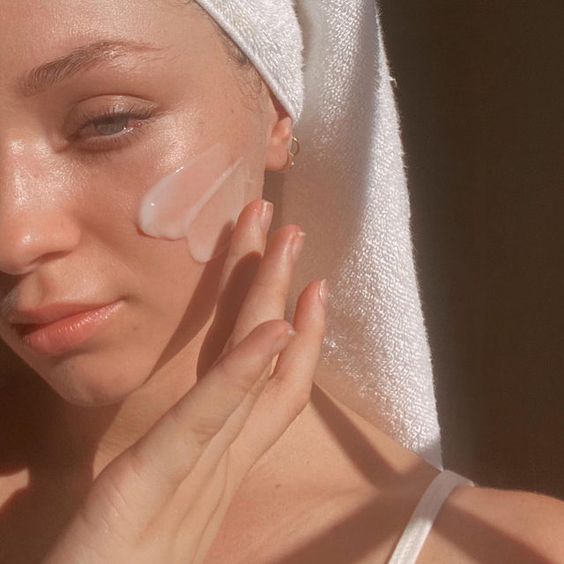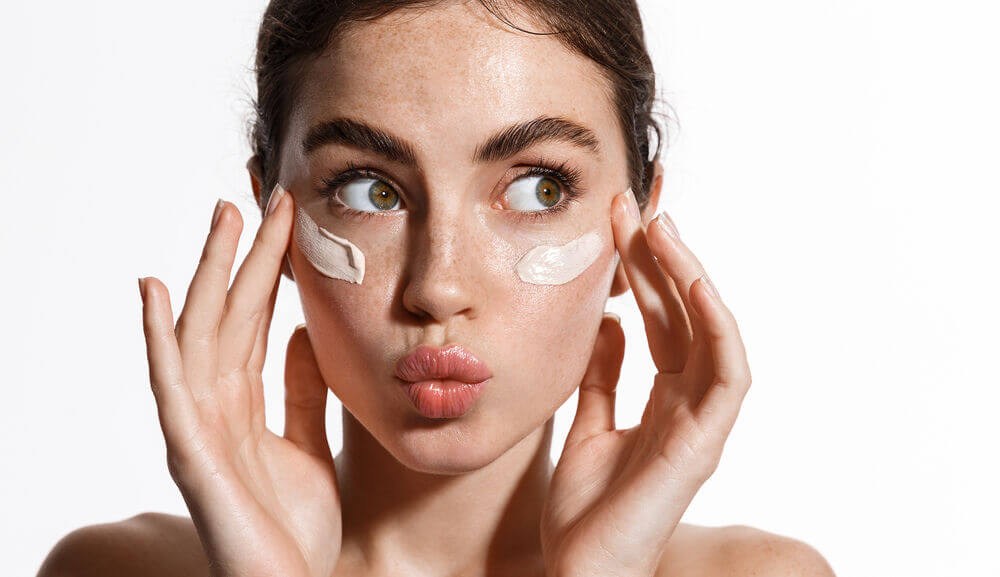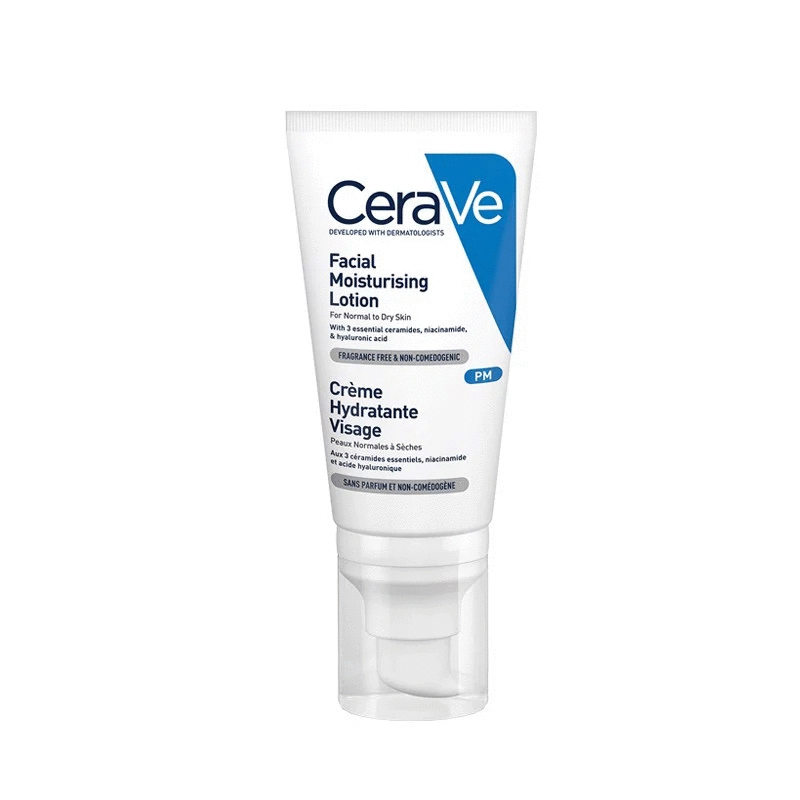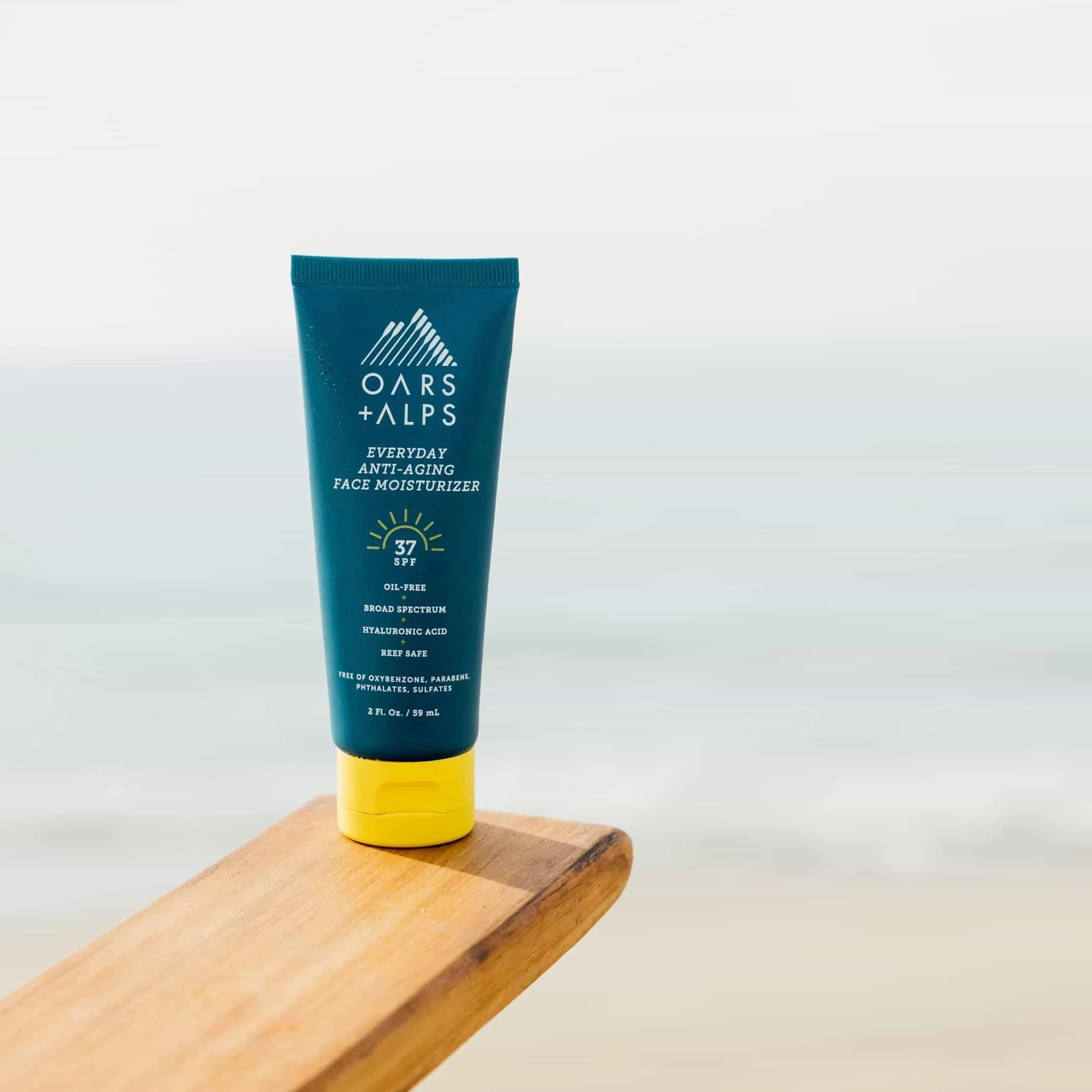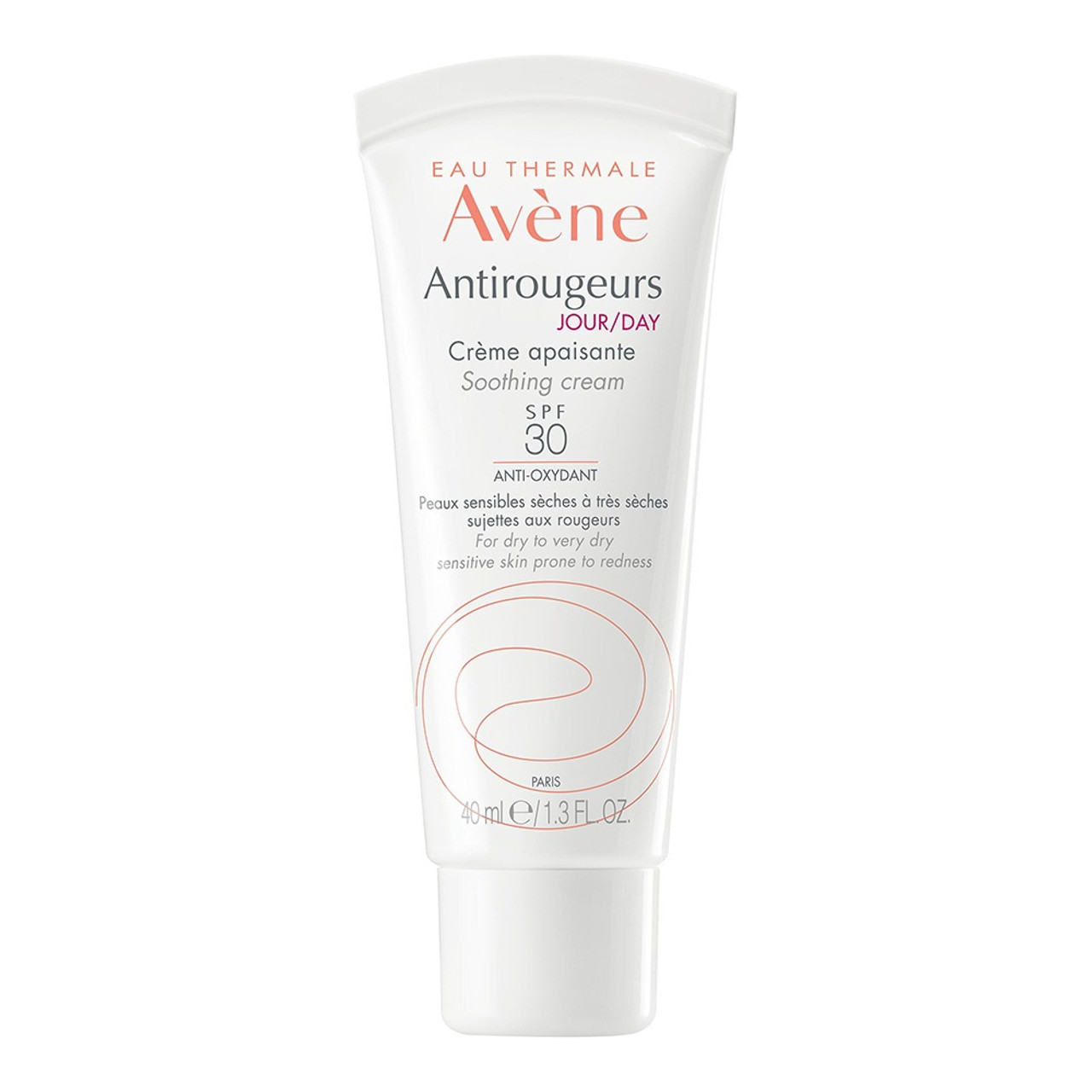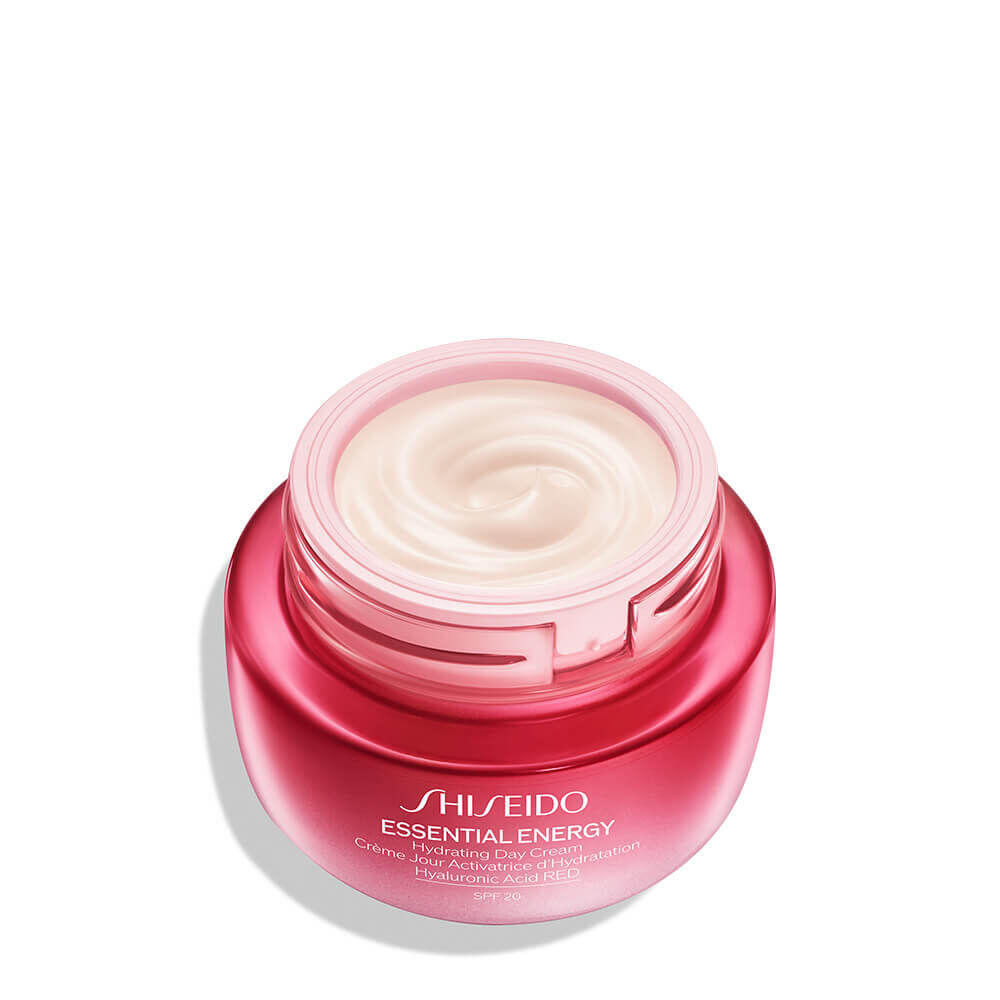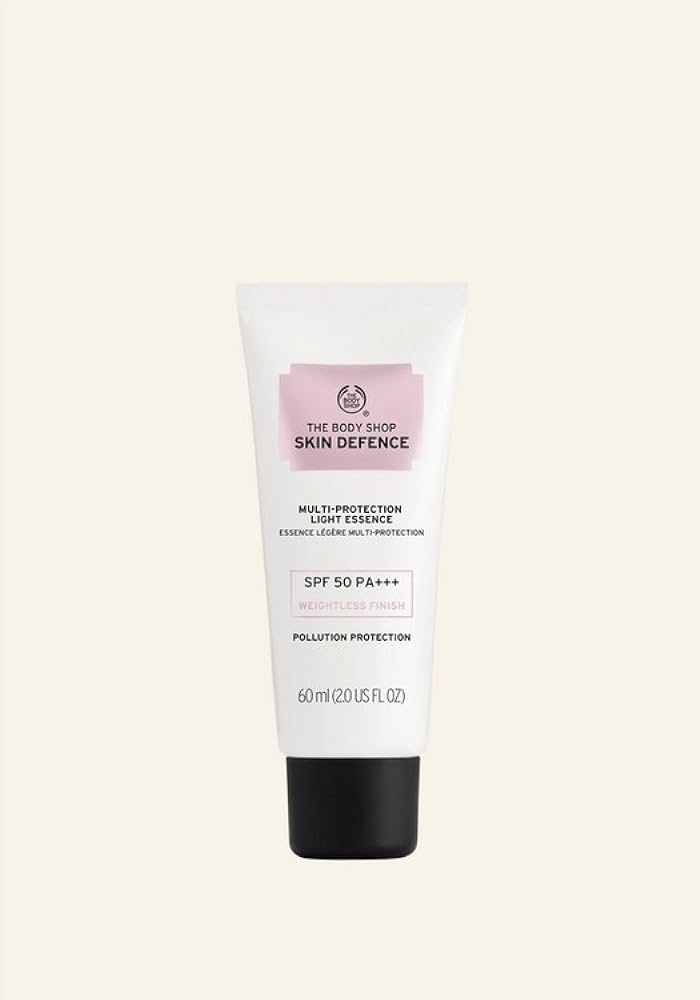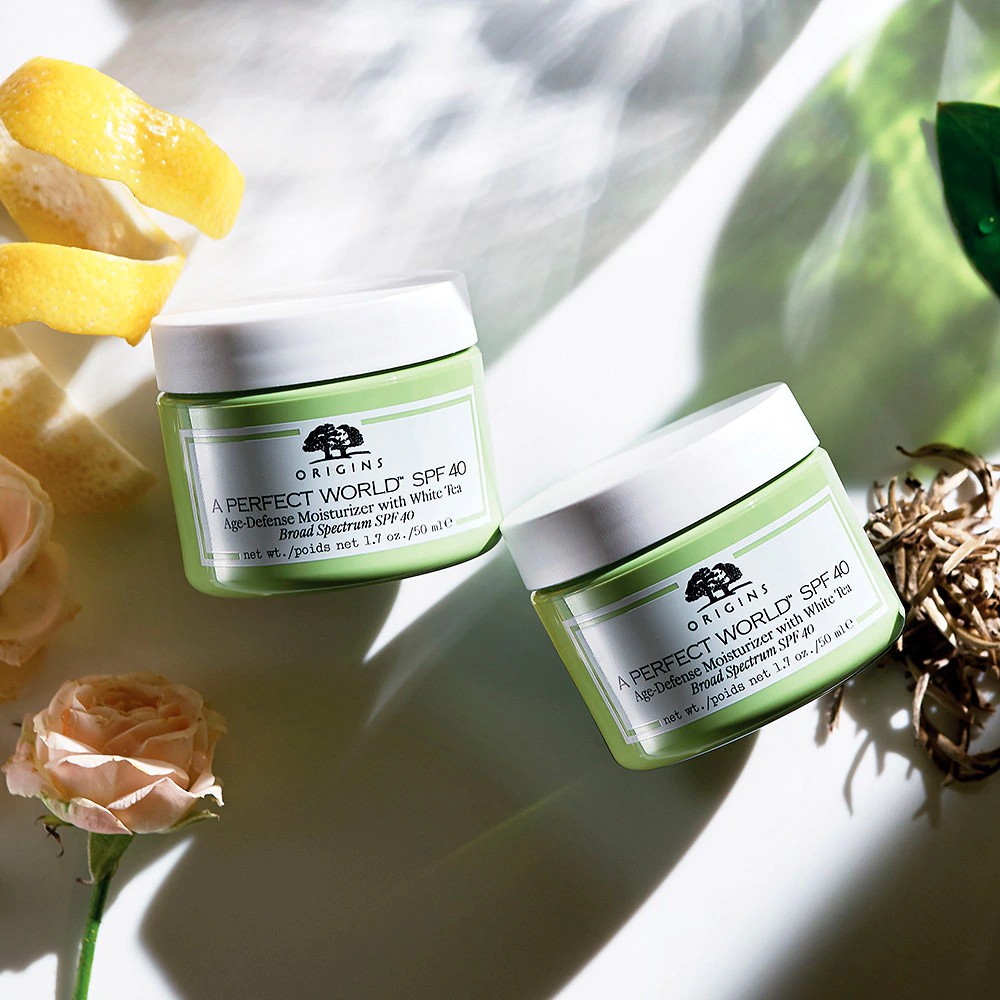In this post, I’ll walk you through some of the simplest and most effective DIY face moisturizers. I’ll break down the basic ingredients you’ll need to effectively moisturize your skin, and guide you through the steps to apply them in the most beginner-friendly way.
This post won’t cover DIY oil-and-water emulsions, like creams or lotions. While making a cream is not particularly complicated, I wanted to create a beginner-level guide with recipes that anyone—regardless of experience—can easily follow (even if you can’t boil an egg).
Though creating a cream can range from simple to more advanced, it always requires some special tools, a proper emulsifier to mix the water and oil phases, and a preservative. Since creams can be more involved, and not everyone wants to deal with all of that (honestly, I don’t always either), I’ll save that for a separate post.
Here, I’ll explain the difference between hydration and moisturization (and why you need both!) along with an easy way to achieve both without making a cream. After that, I’ll share the 3 most effective hydrators, followed by a simple recipe for creating a customized nourishing oil moisturizer tailored to your skin type.
You’ll only need 3 ingredients (one of which might even be water!) for your DIY face moisturizer.
MOISTURIZING VS. HYDRATING (& WHY YOU NEED BOTH)
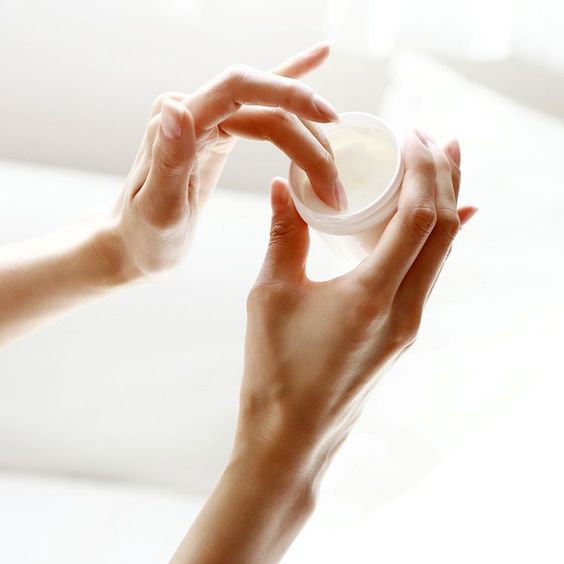
The terms moisturizing and hydrating are often used interchangeably, but they actually refer to different things.
Hydrators are ingredients that add water to the skin (known as humectants). They help to plump the skin and keep it feeling supple. On the other hand, moisturizers are ingredients that provide emollients (oils) to the skin. These oils help smooth the skin and lock in hydration.
All skin types—dry, normal, and oily—need both hydration and moisture. Skin types are defined by the amount of sebum (natural oils) they produce, but regardless of sebum production, skin can still become dehydrated if it loses too much water.
Even if your skin is hydrated, if it lacks a proper protective barrier (meaning the skin’s natural oil production is insufficient), it can feel dry because the water will evaporate.
Hydrators and moisturizers can be separate products, or they can be combined into one. For example, a cream or lotion blends both water and oil phases, providing hydration (water) and sealing it in with moisture (oil).
However, you don’t need to go through the trouble of making a cream or lotion to create effective DIY face moisturizers.
HOW TO PROPERLY MOISTURIZE YOUR SKIN
To properly moisturize your skin, you need to provide both water and oil. You can do this with a traditional moisturizer (a cream), or for a simpler approach, you can use a hydrating toner (water-based) followed by a nourishing face oil or fat to lock in that hydration, nourish the skin, and smooth it out.
Below is a list of the best and most convenient hydrators and moisturizing oils for creating easy DIY face moisturizers. To use, start by choosing a hydrator from the list to apply as a toner after cleansing your face. While your skin is still damp, apply the face oil of your choice (from the moisturizing oils section). Gently massage it in until fully absorbed.
For added benefits, you can use a quick lymph-draining face massage to help the oils absorb and boost circulation.
MOST EFFECTIVE DIY FACE MOISTURIZERS
THE METHOD
Step 1: Choose one of the hydrating ingredients from the list of hydrators below.
Step 2: Select your carrier and essential oils from the moisturizing oils list.
Step 3: Combine and mix both in your hands before applying to your skin.
Alternatively, apply the hydrator first and follow up with the oil mixture while your skin is still damp.
…and that’s it – easy DIY face moisturizers!
HYDRATORS
Hydrators are ingredients that draw water to the skin (humectants), helping to smooth out wrinkles and lines by plumping the skin. This is the first step after cleansing your face, ensuring your skin gets the hydration it needs.
Pick one of the following hydrators for your DIY moisturizer:
Hyaluronic Acid (HA)
HA is naturally produced by the body to retain collagen and boost hydration. It helps skin heal, prevents water loss, and plumps the skin. You can buy HA powder and make your own, which is often more cost-effective than store-bought products.
- Basic HA Gel Recipe:
- 1g of HA powder (approximately 1/4 teaspoon)
- 100g/ml of distilled water (about 1/2 cup)
Combine the two and let sit for several hours or overnight. Stir to create a gel, and store in the fridge for up to 2 weeks.
Glycerin
Glycerin is a powerful humectant that attracts moisture to the skin. It also helps restore the skin’s barrier function, protecting against irritation and water loss. However, it should be diluted, as pure glycerin can have a drying effect.
- Basic Glycerin Hydrating Toner:
- 1 tablespoon (15 ml) glycerin
- 100 ml distilled water
Mix in a glass spritz bottle and shake well. Store in the fridge for up to 2 weeks.
Aloe Vera Gel
Aloe vera is both a humectant and a powerful skin healer, making it a great addition to your DIY moisturizer. It draws moisture to the skin and can be paired with other ingredients for deeper absorption.
- How to Use:
Apply a dollop of aloe vera gel directly to your skin, or use the inner flesh of a fresh aloe vera leaf to rub over your face and neck.
MOISTURIZERS
After hydrating your skin, you’ll need oils or butters to lock in that moisture and protect your skin’s barrier.
Basic Nourishing Face Oil Recipe:
- 30 ml / 1 oz dark glass bottle with a dropper
- Choose one or more carrier oils (see list below)
- Add 6 to 12 drops (1% to 2%) of essential oils
Shake well and apply half a dropper onto damp skin. Massage until absorbed.
If you prefer butters, melt a small dollop between your hands and apply after the hydrator.
Which Oils to Choose According to Skin Type:
- Oily or Combination Skin:
Use lighter oils to avoid clogging pores. Good options include tamanu, jojoba, grapeseed, rosehip, linseed, apricot kernel.
Essential Oils: Lemon, basil, lavender, rosemary, tea tree, thyme. - Normal Skin:
Opt for oils that are balanced, like pumpkin, almond, sesame, argan, jojoba, sunflower.
Essential Oils: Lavender, geranium, chamomile. - Sensitive or Irritated Skin:
Use soothing oils like jojoba, rosehip, linseed, or apricot kernel.
Essential Oils: Chamomile, lavender, frankincense, geranium. - Dry Skin:
Go for heavier, more protective oils and butters like olive, avocado, coconut, sweet almond, or any of the thicker butters (cocoa, shea, mango).
Essential Oils: Chamomile, myrrh, sandalwood, clary sage. - Mature Skin:
Focus on nourishing oils such as rosehip, argan, jojoba, tamanu, and pomegranate.
Essential Oils: Lavender, frankincense, myrrh, cypress, neroli.
CONCLUSION
I’ve been using this DIY face moisturizer and it’s still my favorite. It offers endless customization and ensures that my skincare is always fresh and natural. I hope you find it as effective as I do!

